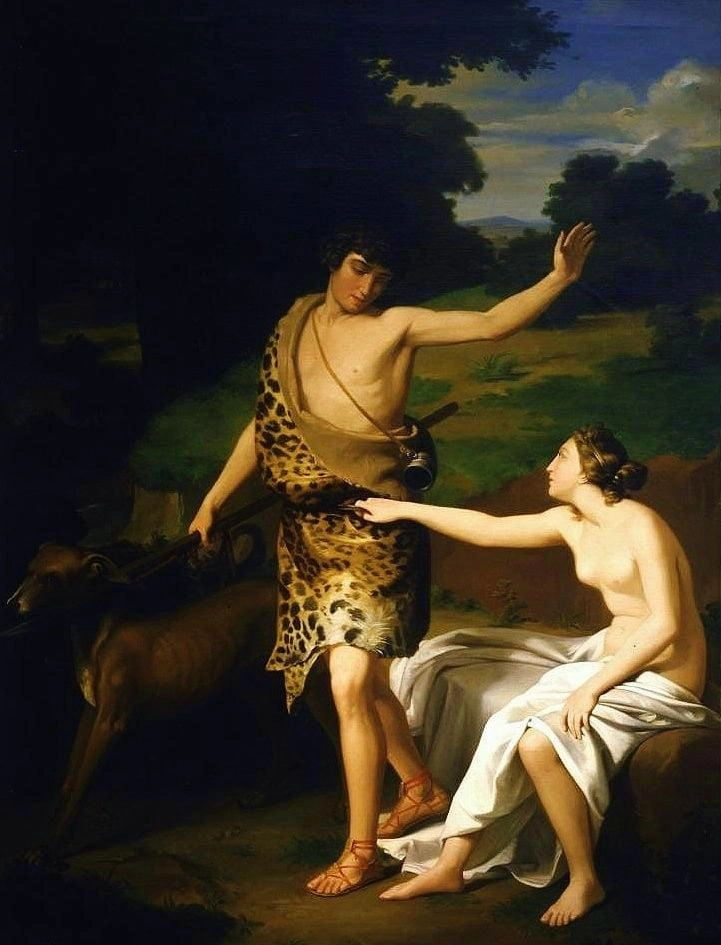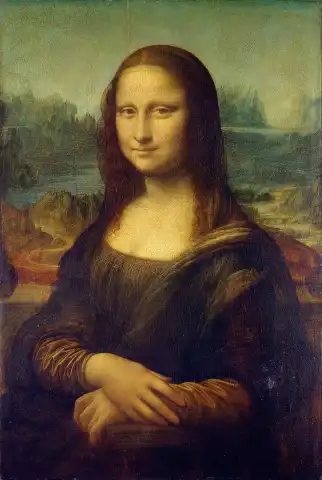

Hand painted reproductions of Claudio Lorenzale
Claudio Lorenzale: Spanish Romanticism’s Historical and Devotional Painter
Early Life and Artistic Beginnings
Claudio Lorenzale was born on December 21, 1816, in Barcelona, Spain. From a young age, he showed an aptitude for art, which led him to study at the Escola de la Llotja in Barcelona, one of Spain’s most respected art schools. His education continued in Rome, where he immersed himself in the study of Renaissance masters and the historical themes that would later define his style. Lorenzale returned to Spain as a mature artist with a strong foundation in classical techniques, and he quickly established himself as a prominent figure in the Romanticism movement.
Breakthrough Works and Signature Style
Lorenzale’s work often focused on historical and religious subjects, capturing the heroism and spirituality emblematic of Spanish Romanticism. Notable works like Doña Blanca de Navarra and El Último Suspiro del Moro (The Last Sigh of the Moor) display his talent for depicting historical scenes with drama and sensitivity. His compositions balanced grandeur with meticulous attention to detail, a combination that allowed him to evoke powerful narratives and emotional resonance in each piece.
Lorenzale’s use of light and shadow created depth and atmosphere, imbuing his works with a reverent quality. His historical scenes often depicted figures in noble poses, bringing to life key moments in Spain's past with a sense of respect and dignity.
Technique and Artistic Style
Lorenzale’s technique combined elements of Romanticism with classical precision, using refined brushstrokes, rich colors, and dramatic contrasts to emphasize his subjects’ importance. His attention to textures and fabrics brought an added realism to his work, while his focus on expressive faces and gestures conveyed the emotional weight of each scene. Lorenzale’s dedication to historical accuracy and his deep appreciation for religious themes also made his work stand out, merging Romantic ideals with a devout spirituality that appealed to 19th-century audiences.
Legacy and Enduring Influence
Claudio Lorenzale’s influence on Spanish art extends beyond his own creations. As a professor at the Escola de la Llotja, he shaped future generations of Spanish artists, including Marià Fortuny, who would go on to become a major figure in Spanish art. Lorenzale’s dedication to preserving Spain’s cultural history and his masterful technique have ensured his place as a respected figure in the Romanticism movement. His works remain celebrated for their elegance, depth, and devotion to Spain’s historical and spiritual heritage.
Where to Buy Reproductions of Claudio Lorenzale’s Work
At POD, we offer reproductions of Lorenzale’s iconic paintings, allowing art enthusiasts to bring his vision of Spanish Romanticism into their homes. Our high-quality replicas capture the depth, detail, and beauty of Lorenzale’s original works, making them perfect for collectors of historical and devotional art.
Imagine owning an original-style painting by one of the greatest artists in history. At POD, we offer you the chance to make this dream a reality. Each canvas is faithfully reproduced down to the smallest detail, allowing you to experience the beauty of the artist’s vision in your own home.
Our reproductions are crafted by experienced painters using the finest materials and time-honored methods. We are committed to delivering works of exceptional quality that will inspire and bring joy to your family for generations to come.




